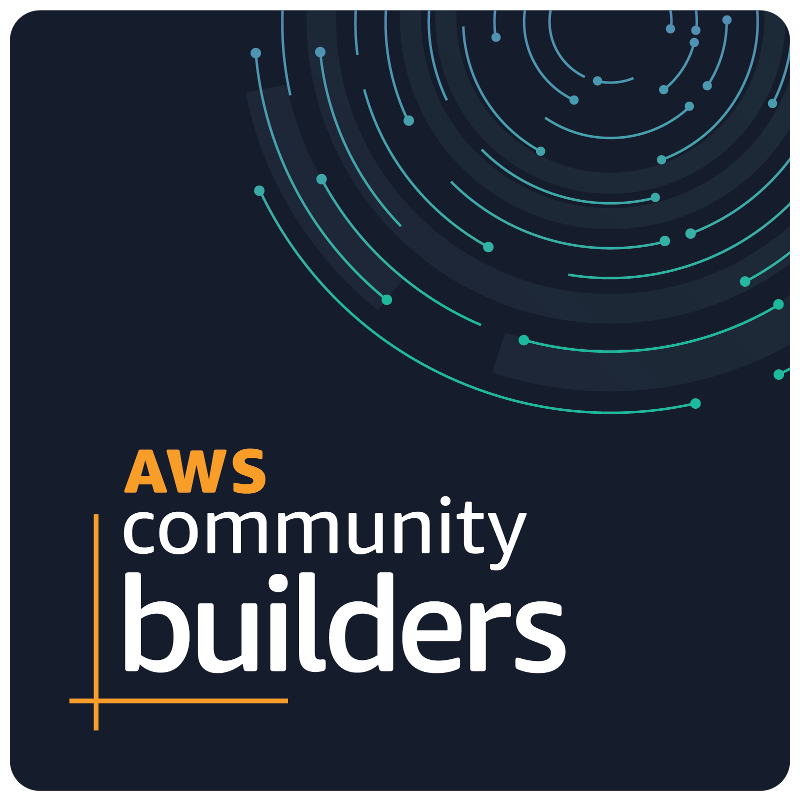Became AWS Community Builder 2024
Today my application for AWS Community Builders 2024 program has been approved.

Currently, the program covers the following technology areas: Containers, Data (databases, analytics), Developer Tools, Front-End Web and Mobile, Cloud Ops, Machine Learning, Network Content & Delivery, Security & Identity, and Serverless.
I've been selected in category - Containers. Looking forward to the journey ahead of me, and all the new experiences.
A big thanks to Maksim Skutin who motivated me to work on blog posts and submit this application.
